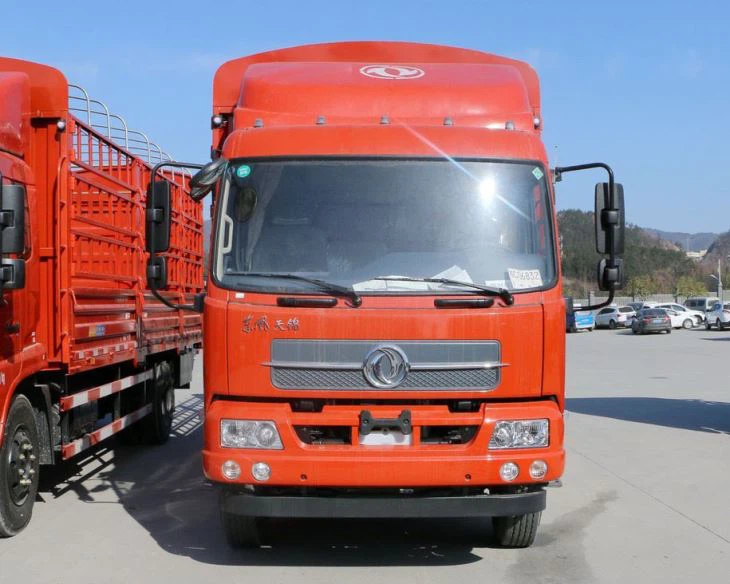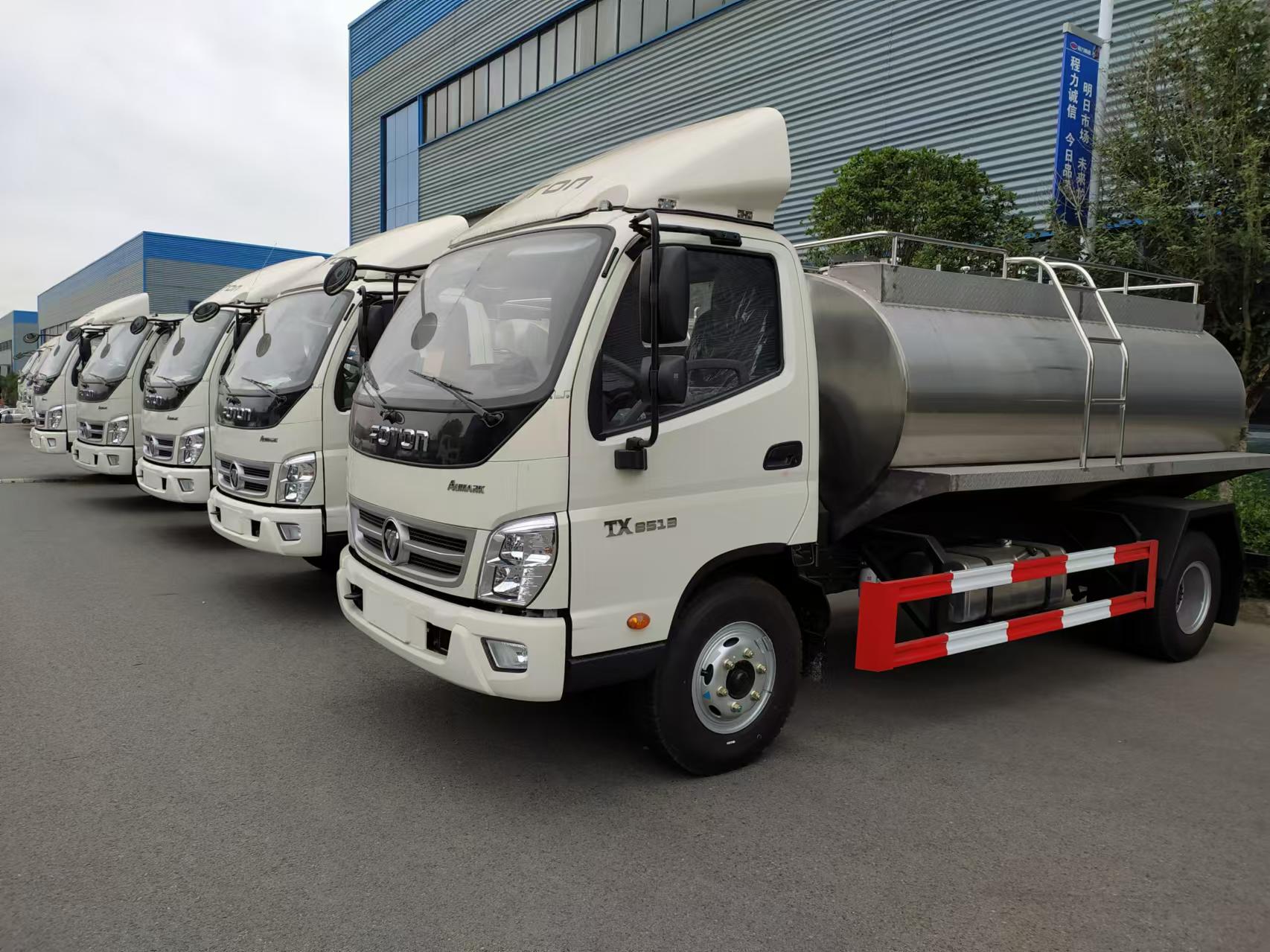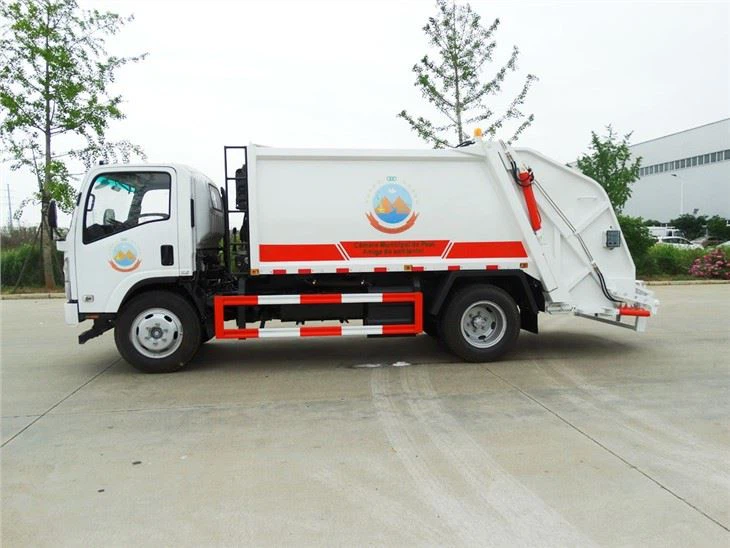Introduction
Boom trucks, often referred to as truck-mounted cranes, are essential vehicles in various industries, including construction, telecommunications, and utility services. Understanding boom truck specifications is crucial for businesses and operators aiming to optimize their operations, ensure safety, and select the right equipment for the job. In this comprehensive guide, we will delve into the key specifications of boom trucks, their applications, advantages, purchasing considerations, and maintenance tips.
1. What is a Boom Truck?
A boom truck combines a heavy-duty truck chassis and a crane, equipped with a telescoping or articulating arm (boom) for lifting heavy objects. These vehicles are versatile, allowing operations to be conducted in tight spaces where larger cranes cannot operate effectively. Boom trucks are commonly used in:
- Construction sites
- Maintenance of overhead power lines
- Telecommunication installations
- Sign and lighting installations
2. Key Specifications of Boom Trucks
When considering a boom truck, it’s essential to understand its specifications. Below are the crucial components:
2.1 Truck Chassis
The truck chassis is the vehicle foundation that supports the boom and other equipment. Key factors include:
- Weight Rating: Most boom trucks fall within a Gross Vehicle Weight Rating (GVWR) range of 10,000 to 80,000 pounds.
- Type: Common types include cab and chassis, box trucks, and flatbeds depending on the load type.
2.2 Boom Specifications
The boom is the critical component for lifting. Factors include:
- Length: Boom lengths can range from 20 to 80 feet or more, affecting reach and lift capacity.
- Type: Articulating booms provide flexibility in reaching over obstacles, while telescoping booms offer straight vertical lifts.
2.3 Load Capacity
Understanding the load capacity is vital for safety and performance. Load capacities for boom trucks typically range from:
| Type of Boom Truck | Load Capacity Range |
|---|---|
| Light-Duty Boom Trucks | 1,000 to 3,000 lbs |
| Medium-Duty Boom Trucks | 3,000 to 15,000 lbs |
| Heavy-Duty Boom Trucks | 15,000 to 50,000 lbs |
2.4 Reach and Height
Reach and height are essential for various applications. It’s important to note that the maximum height of a boom truck can range from:
- Standard Boom Trucks: 30 to 50 feet
- Extended Boom Trucks: Up to 80 feet or more
2.5 Stability and Safety Features
Safety is paramount when operating boom trucks. Look for these features:

- Outriggers: Stabilizing legs that extend from the truck to provide extra support during lifting.
- Load Sensors: Alerts operators if the load exceeds the recommended capacity.
- Operator Cab Safety: Enclosed cabs, seatbelts, and protective cages enhance operator safety.
3. Applications of Boom Trucks
Boom trucks serve a wide range of applications in various fields:
3.1 Construction
In construction, boom trucks are used for lifting heavy building materials on-site, installing HVAC units, and placing trusses and beams.
3.2 Telecommunications
These trucks are instrumental in installing and maintaining overhead communication lines, antennas, and satellite dishes.
3.3 Utilities and Maintenance
Utility companies use boom trucks for services such as tree trimming, hanging streetlights, and conducting electrical repairs high above the ground.
3.4 Event Management
In the events industry, boom trucks provide critical support for setting up stages, rigging lights, and performing aerial work.
4. Factors to Consider when Buying a Boom Truck
Purchasing a boom truck requires careful consideration of multiple factors:
4.1 Project Requirements
Understand the specific lifting needs for your current and upcoming projects. Analyze the required height, reach, and load capacity.
4.2 Budget
Establish a realistic budget. Boom trucks can range from $20,000 to over $200,000, depending on specifications and condition.
4.3 New vs. Used
Decide if you want to buy new or used. Used trucks may have lower upfront costs but might require more maintenance.
4.4 Manufacturer Reputation
Research brands with a solid reputation for quality and reliability. Check reviews and customer satisfaction ratings.
5. Maintenance of Boom Trucks
Regular maintenance is crucial to ensure the safety and longevity of boom trucks. Here’s what you need to know:
5.1 Daily Inspections
Operators should perform daily pre-operation inspections, focusing on:
- Fluid levels
- Crane function tests
- Structural integrity of the boom and truck chassis
5.2 Scheduled Maintenance
Follow the manufacturer’s recommendations for scheduled maintenance tasks such as:
- Oil changes
- Brake inspections
- Hydraulic system checks
5.3 Professional Servicing

Engage professional services for more comprehensive inspections and repairs, ideally every 6 to 12 months depending on usage.
6. Tips for Safe Operation of Boom Trucks
Safety is vital in boom truck operations. Here are some practical tips:
6.1 Training
Ensure that all operators have received proper training and certification for operating boom trucks.
6.2 Load Management

Always adhere to the truck’s load capacity and ensure proper distribution of weight. Use tags and guidelines when available.
6.3 Ground Conditions
Assess ground conditions prior to operation. Ensure that the ground is stable and capable of supporting the boom truck’s weight.
6.4 Use of Outriggers
Always deploy outriggers whenever possible to enhance stability during lifting operations.
7. Cost Analysis of Boom Trucks
Understanding the cost breakdown of boom trucks can help you make informative decisions:
7.1 Purchase Price
The initial purchase price is just one component. Additional costs may include financing, insurance, and registration fees.
7.2 Operating Costs
Operating costs encompass fuel, maintenance, and repair expenses, as well as wages for qualified operators.
7.3 Depreciation
Consider the depreciation rate of boom trucks, which typically falls between 10% to 15% annually after depreciation starts.
8. Frequently Asked Questions (FAQs)
8.1 What is a boom truck used for?
A boom truck is utilized for lifting and moving heavy materials, facilitating work at heights, and providing access to hard-to-reach areas in various industries.
8.2 How much weight can a boom truck lift?
Depending on the model, boom trucks can lift between 1,000 pounds to over 50,000 pounds.
8.3 What are the different types of boom trucks?
The main types of boom trucks include light-duty, medium-duty, and heavy-duty models, differentiated by their load capacities and boom lengths.
8.4 How often should boom trucks be inspected?
Pre-operation inspections should be done daily, while comprehensive checks and maintenance should occur every 6 to 12 months, depending on usage.
8.5 Can boom trucks operate in adverse weather conditions?
It’s essential to evaluate weather conditions before operation. High winds, rain, and snow can significantly affect safety and performance. Always refer to the manufacturer’s guidelines.
8.6 Are there training requirements for boom truck operators?
Yes, operators must receive proper training and certification to ensure safe practices and compliance with local regulations.